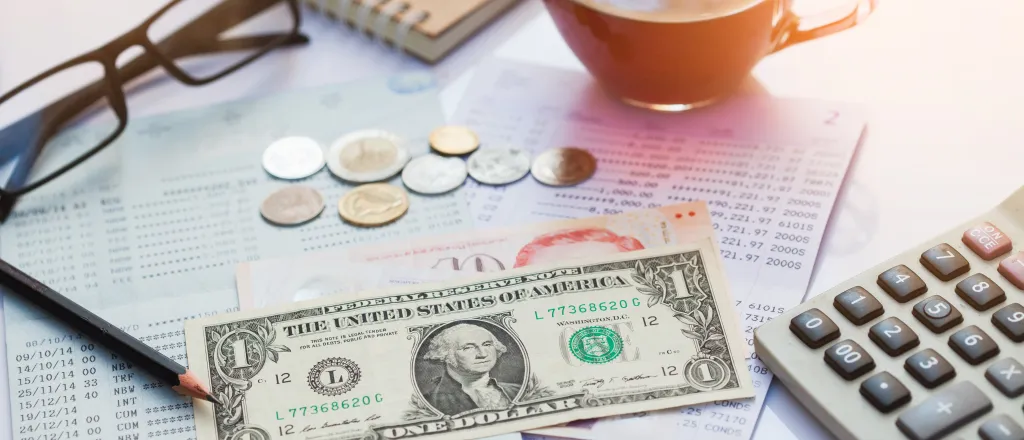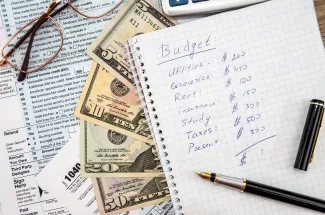
Pay Equity Day measures salary gap between working women, men
© iStock - Mamphotography
Click play to listen to a version of this article.
(Indiana News Service) March 12 is Equal Pay Day for women across the country, marking the amount of time female employees must work every year to catch up with their male counterparts' salaries.
Currently, the average female worker is paid 84 cents for every dollar earned by a man working in a similar occupation, according to the National Committee on Pay Equity. However, women in Indiana may have to work even longer - their average pay is only 77 cents on the dollar.

Sherry Watson, co-president of the American Association of University Women of Indiana, points out that pay inequity ultimately affects more than just working women.
"One way to do that would be to ensure that women are making as much money as men in all fields. Although that is true in some fields, it's certainly not in all. It affects not only women but also their families and, therefore, the economy," Watson said.
Each year, the Committee on Pay Equity calculates how many days women must work to gain parity and designates an Equal Pay Day based on its calculations. Statistics show that at the current rate of closure, the average woman's pay will not equal that of men until 2059.
Watson said while unequal pay is illegal under federal law, the problem still exists, and the pay gap widens considerably for women of color. Statistics indicate Latino women average 52 cents per dollar, Native American women make 59 cents, and Black women earn 66 cents. Progress is still slow, she said.
"When I first became aware of it, women were making 59 cents to the dollar to a man, whereas now it's 84 cents. So, it has improved, but it's certainly not where it should be," Watson argued.
She added said many factors contribute to earnings differences, including age, number of hours worked, presence of children, and education. She noted part of AAUW's mission is to work with lawmakers and employers to ensure women are paid fairly and have equal opportunities in the workplace.
















